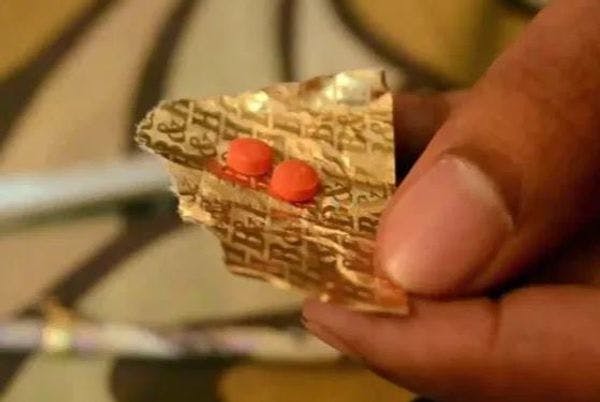Flickr CC Labib Ittihadul
Dans les pays de l’ASEAN, les trafiquants amassent les profits malgré des lois restrictives
Les approches historiquement répressives sur le contrôle des drogues ont échoué, créant une avenue pour le bourgeonnement d’alternatives nouvelles en la matière. Pour en savoir plus, en anglais, veuillez lire les informations ci-dessous.
By Skylar Lindsay
The UN Office on Drugs and Crime (UNODC) recently released its most in-depth study of organised crime in Southeast Asia in over five years. According to the report, Southeast Asia’s crime syndicates have expanded their activities in the global trade of illicit goods, driving corruption in the region and heavily influencing the economies of areas where they operate.
Jeremy Douglas, the UNODC regional representative for Southeast Asia and the Pacific, says organised crime now threatens to destabilise the region and presents a major barrier to sustainable development.
The growth of organised crime stems largely from the success of the ASEAN drug trade. The methamphetamine trade is now worth an estimated US$61.4 billion per year across the Asia-Pacific. The Southeast Asian market alone accounts for US$25.7 billion of that— more than the GDP of Cambodia. Heroin trafficking has decreased but still generates an estimated US$10.3 billion per year across the Asia-Pacific, with Southeast Asia contributing US$6.3 billion to the figure.
